Ælfgif-who? provides short biographies of early medieval English women every two weeks. Click on the podcast player if you’d like to hear this newsletter read aloud in my appealing Yorkshire accent.
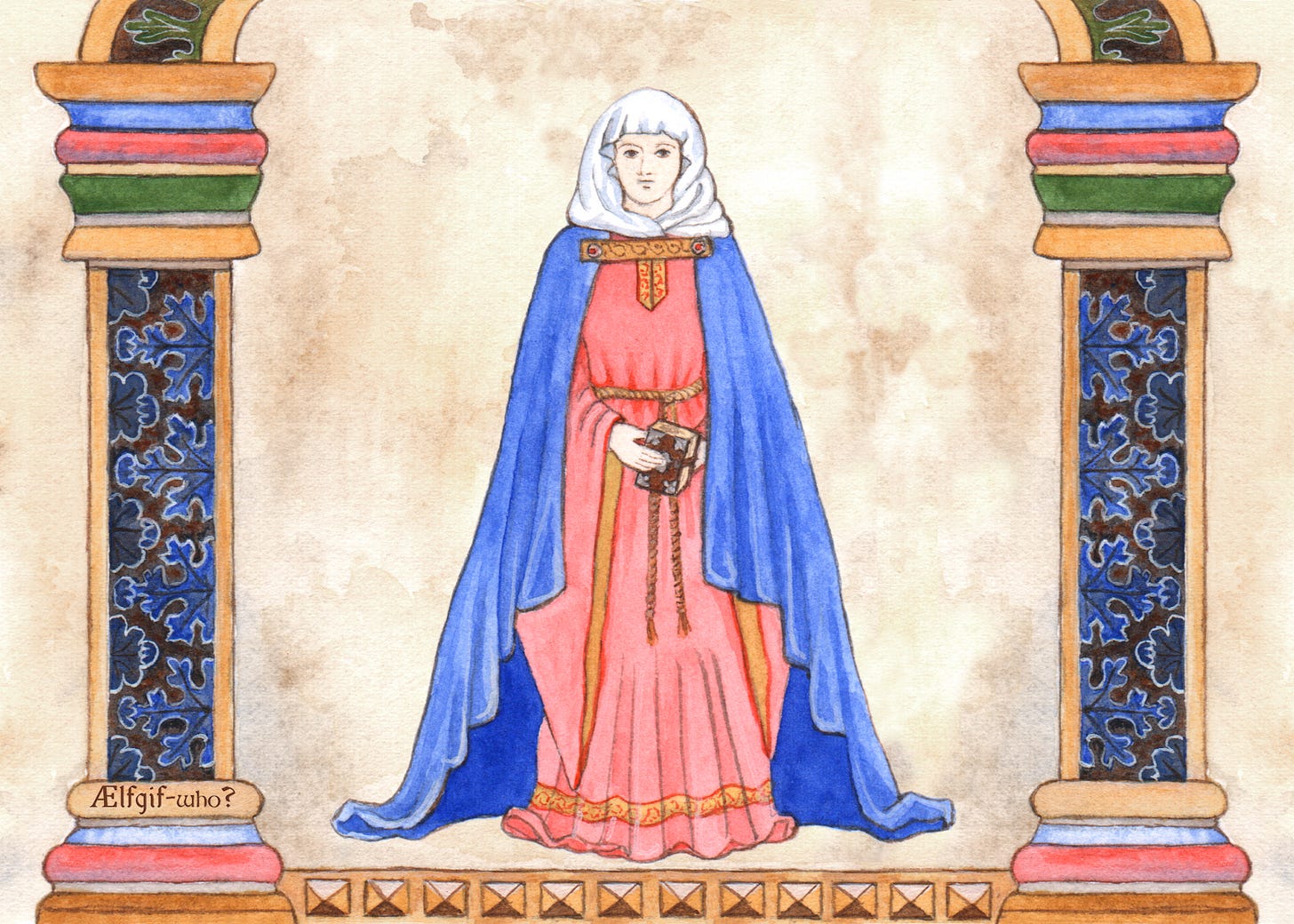
Gundrada de Warenne: Landowner before and after the Norman Conquest
Gundrada was born in the mid-eleventh century, and her family history has been a topic of much historical debate. In the nineteenth century, it was claimed that she was the daughter of William the Conqueror and his wife Matilda of Flanders. It was also posited that she could be a daughter of Matilda from a previous marriage. It has since been established that these were myths based on a misunderstanding of the evidence, and that she was actually from a Flemish noble family, the daughter of Gerbod, the hereditary advocate of the monastery of St Bertin - a member of the nobility who looked after the secular interests of the abbey.
Though she was not the daughter of William and Matilda, Gundrada and the queen did apparently have a close relationship, with Matilda granting her the manor of Carlton in Cambridgeshire, perhaps as a wedding gift. It has been suggested that Gundrada could have been a lady in waiting to Matilda, and she may have spent time at her family’s court in Flanders and was possibly even her kinswoman.
Around the time that William the Conqueror defeated Harold Godwinson at the Battle of Hastings in 1066, when she was around seventeen years old, Gundrada married the Norman baron William de Warenne. William benefitted from the Norman Conquest, receiving royal estates in Sussex from the new king. However, according to the Domesday book, Gundrada and her brother Frederic already held estates in Sussex before the Norman Conquest. It is not known how the children of a Flemish noble came to own land in England, but there were certainly political ties between England and Flanders before the conquest: the court of Flanders is where Queen Emma of Normandy, mother of Edward the Confessor, fled after the death of King Cnut. Frederic was murdered in 1070 during the rebellion of Hereward the Wake, an English noble who rebelled against the Normans. Frederic’s estates, worth over £100 per year, were inherited by Gundrada.
With the estates confiscated from Harold Godwinson and given to William de Warenne, as well as the land inherited from Frederic, Gundrada and William now owned large parts of Norfolk, Suffolk, Essex and south Cambridgeshire. He remained in favour with William the Conqueror and continued to be given estates, and ended up with land in eleven English counties. The couple soon rebuilt a pre-conquest castle at Lewes in Sussex, making it their main residence, and they also had a stone manor house built at the centre of their estates in Castle Acre. The masons for this building may have been brought from the continent, since stone buildings were not common in England at this time. In 1077 the noble couple founded a Cluniac monastery at Lewes, on the land granted to Gundrada by Queen Matilda. The foundation charter of this abbey was co-signed by King William, Queen Matilda, William de Warenne and Gundrada. They went on to construct a sister-house at Castle Acre.
Gundrada’s decision to build Cluniac monasteries was due to her older brother, Gerbod. Gerbod accidentally killed his liege lord, Arnulf III, in battle in Flanders. He fled to Rome and then to Cluny, where he became a monk. Gundrada and William travelled to Cluny and apparently made an agreement with the Abbot that in repayment for her brother’s misdeed, the noble couple would establish religious houses.
Gundrada and William had at least two sons, including William II de Warenne (d. 1138). Gundrada died during childbirth at Castle Acre on the 27th May 1085, and was buried in the chapter house of Lewes Priory. Having inherited his wife’s lands, William was the fourth richest tenant-in-chief in England. After remarrying for a short time, he died in 1088 and was buried with his first wife at Lewes.
When new monastic buildings were constructed at Lewes Priory in around 1145, Gundrada and William’s bones were moved to two lead chests. Gundrada’s featured an intricately carved black marble tombstone, with foliage intertwined with the heads of lions. The tombstone was removed from the Priory during the dissolution under Henry VIII, but it survives in the nearby parish church of St John, Southover. The two lead chests containing the remains of Gundrada and William were rediscovered in 1845 and also placed in Southover church in 1847.
While those interested in the events surrounding the Norman Conquest are familiar with the idea of the loyal Norman nobles benefitting from William’s victory with grants of English land and titles, women are rarely included in this narrative. However, in the case of the rise of the de Warenne family, who continued to be influential into the twelfth century, it is clear that women were central to these developments. The position of Matilda of Flanders as the new Queen of England allowed her to raise other Flemish women, Gundrada and also her cousin Beatrice of Valenciennes, into prominent positions by arranging for them to marry the new Norman-English lords. Even more interesting in this case is that Gundrada seems to have already had land and ties in England before the conquest, suggesting that her marriage to William de Warenne was mutually beneficial, and helped to establish William in Sussex. The idea of militarily victorious men carving up England after the conquest in their own interest does not allow for the influence of elite female networks. Women were also complicit in using this redistribution of power and land amongst the nobility in their own favour.
Suggestions for further reading:
Karen Dempsey’s excellent chapter, ‘Herstory: Exploring the Material Life of Gundrada de Warenne’ (2021), is available open-access online.
The prolific Elisabeth van Houts wrote about Gundrada in her article about Matilda of Flanders: ‘When the First Queen of England Came from Flanders’ (2019)





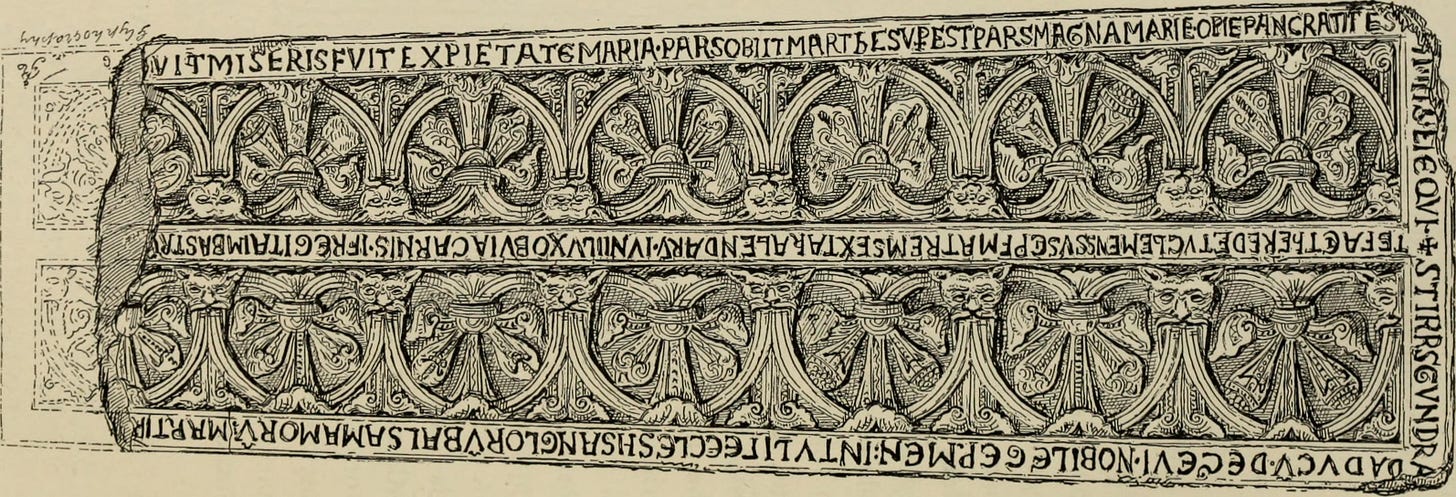

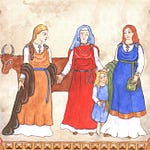

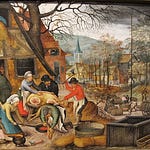
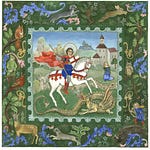



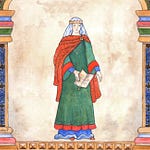
Share this post